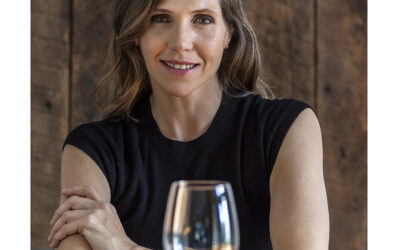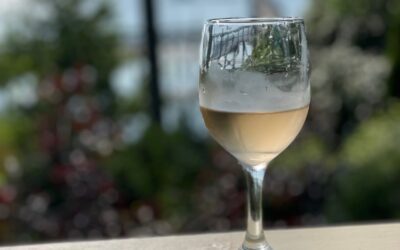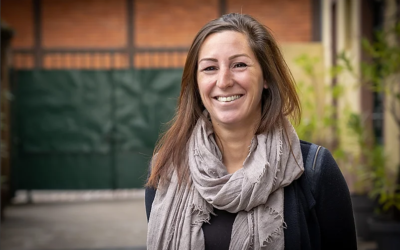Champagne ONLY!
That is my Modus Operandi.
Call me snobby but champagne is always my go-to drink. In fact, I rarely drink anything else than champagne no matter where in the world I am and what restaurant, bar, wine store or hotel I’m at.
As a certified Champagne specialist, I have developed this annoyingly obsessive habit of paying close attention to how bartenders, waiters or wine store vendors master the so-called champagne etiquette.
In other words, how much do they know about champagne: the serving rules, bottle opening protocol, knowledge of styles and regulations when it comes to the appellation, etc.
Because champagne has historically had the stigma of being associated with nobility and luxury, it’s only natural that that very chic image, prestige and classiness be sustained wherever champagne is served and /or sold.
What do I mean?
Image is indeed everything. And I should know a thing or two about it as I have been working in the field of Public Relations for the past 3 decades shaping client’s image, message, and presentation.
I just traveled to Nice (France), Monaco, Italy, North and South Carolina and was astonished to see how very few people employed in the food and beverage, wine and Hotel industries are properly trained and educated on champagne’s civilities.
There is a decorum to be upheld, which for the champagne connoisseurs makes a world of difference. Throughout my recent travels I realized there were 3 main mistakes that seemed to be universal – certainly due to lack of training and knowledge:
The misuse of the word “champagne.”
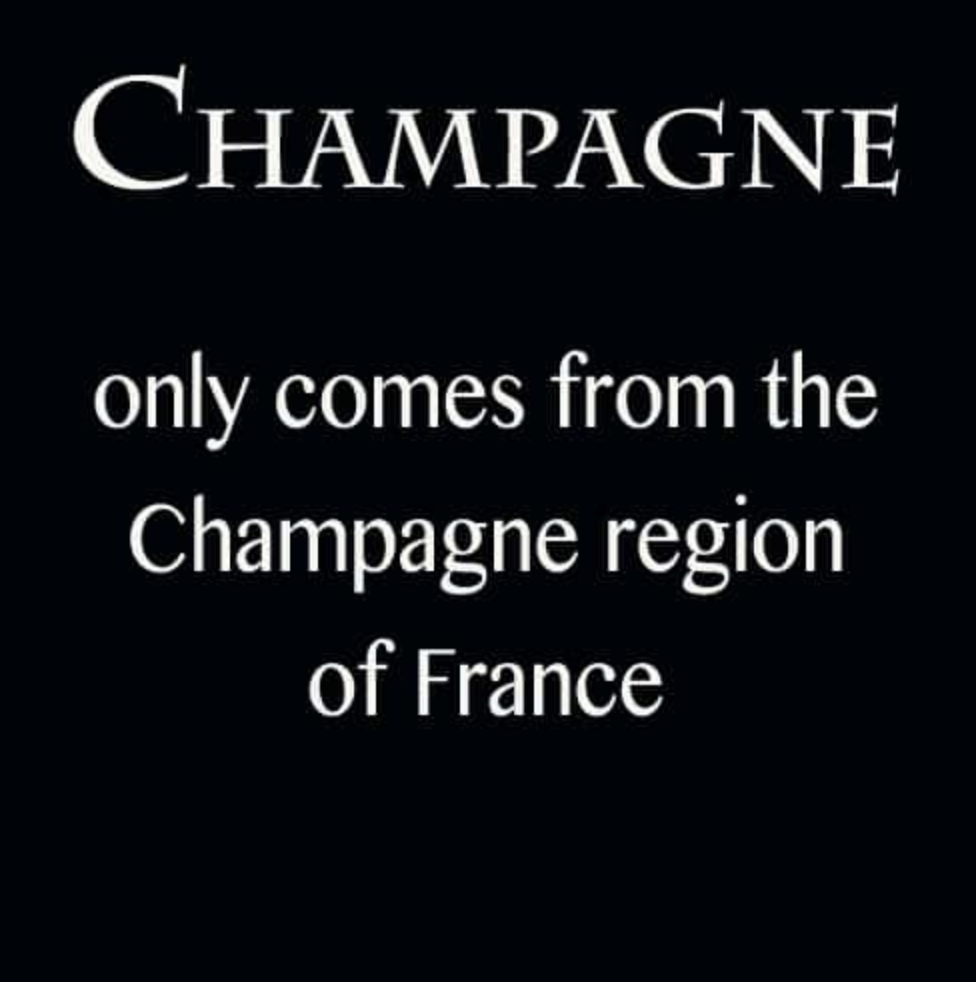
Champagne by law ONLY comes from the region of Champagne in France.
Too often people group all sparkling wines under the category of champagne as generic term.
But again, only sparkling wines made in Champagne, France can be called “Champagne.”
Look at the label on the bottle and make sure it says “champagne” and not Cava, Prosecco or just Sparkling Wine.
The misunderstanding of the word “Brut.”
Another error I came across is the confusion around the word “Brut”.
When I was in South Carolina last month, I called a tasting room/wine store and asked if they had any bottles of champagne we could sip onsite. The young lady (named Keri) I was talking to on the phone very cordially proceeded to go look at the store’s sparkling section. She grabbed a bottle and announced that they had champagne because the label said “brut”. I asked what else the label description read, and she added “it says Cava Brut”, to which I answered, “then it is not champagne.” Apologetically and desperate to make my wish come true, she picked another bottle and announced that this one said “Brut” as well and “Prosecco” too. At that point it dawned on me that she associated the word “brut” with “champagne.” So, I very nicely explained to her that the word “Brut” refers to a style of sparkling and more specifically the amount of sugar added at the dosage level.
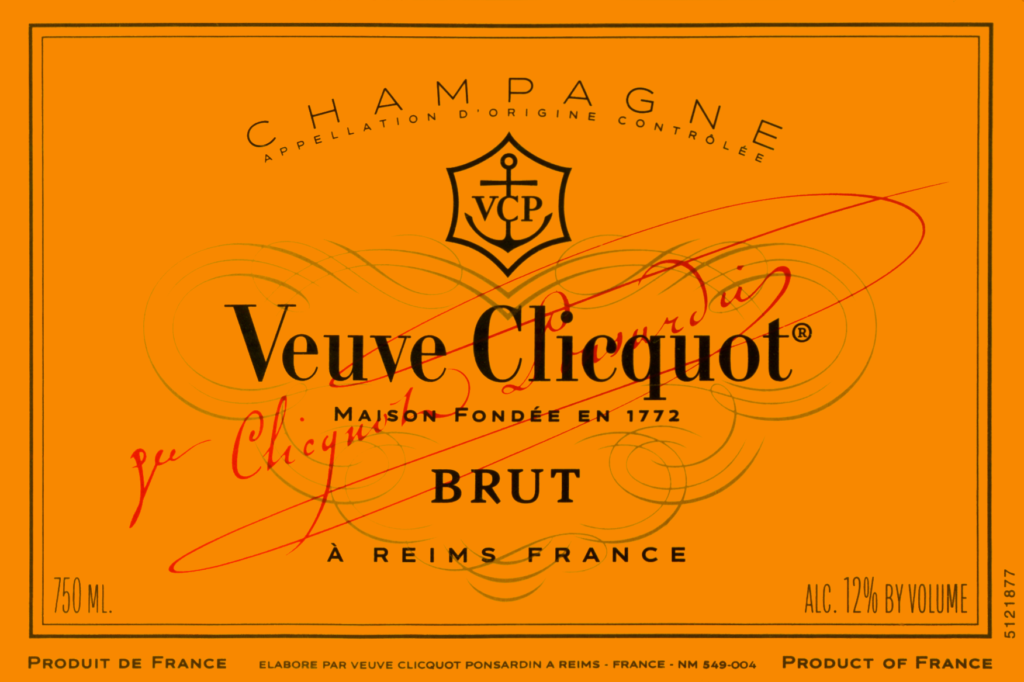
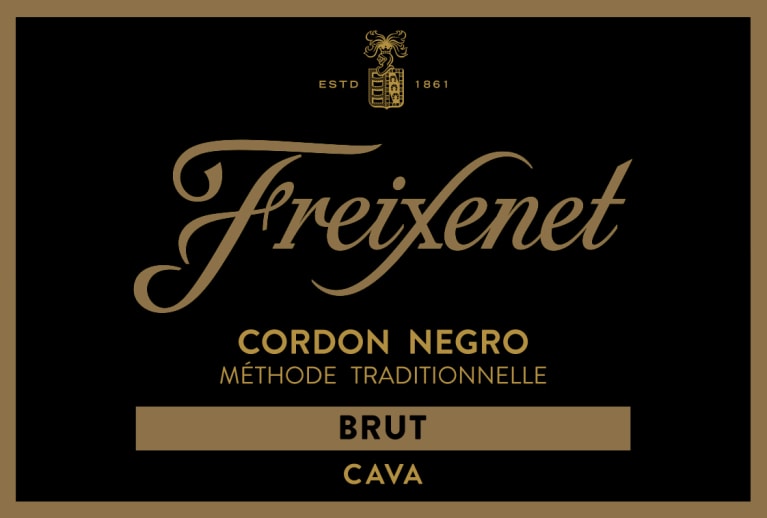
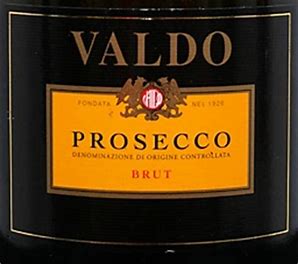
“Brut” is not a synonym of “champagne”. You can have Cavas, Proseccos and other sparkling wines elaborated under the classification of “brut”, which means the sugar content is less than 12 g/l. Brut is the third driest category with Zéro Dosage/Brut Nature (less than 3 g/l) ranking first, and Extra Brut (0-6 g/l) ranking second.
After searching with concerted efforts, Kerri disappointingly declared that they did not have any bottles of champagne after all. I thanked her for her dedication. She was clearly on a mission to find me some champagne. She might have lacked the knowledge, but she certainly had the customer service skills down to a T.
The lack of mastery when it comes to opening a bottle of champagne safely and properly.
I can’t tell you how many times I cringed at the site of a bottle of champagne not adequately opened and handled.

A few months ago, I was at a restaurant in Nice, France with my three brothers. We were sitting at the bar and ordered a bottle of champagne. The bartender brought the bottle, disposed of the wire cage, and then left the bottle with on the counter with the cork on to go get glasses.
I stared at my brothers in utter disbelief. Does she (the bartender) not know how dangerous that is?
One of the major mistakes people make is the removal of the wire cage accompanied with either the bottle left unattended or pointing at clients/customers.
On average, a champagne bottle holds 6.2 bar of pressure and can fly up at a velocity of 50 mph. Accidents have and can still happen when an unattended and/or mismanaged cork leaves a bottle. So, always point away from people and hold your bottle at a 45 Degree angle. Also, the wire cage when untwisted should never be removed from the cork and as a cardinal rule your thumb should remain firmly on top of the cork during the entire process as a safety measure and for better control. Finally, when you proceed to open the bottle, remember it’s the bottle that twists NOT the cork.
Another common error I came across has to do with the technique of popping champagne cork. Nothing annoys me more than a stentorian pop! That to me means you just released a lot of carbonation, which is why (in part) champagne carries a hefty price tag – so you’re basically throwing money out the window. The bubbles should burst in your glass not on the ceiling or the floor. Let’s take a moment here to debunk the myth perpetuated by the entertainment industry that champagne should be popped open in a sensationally loud manner and should flow like a mountain stream. The exact opposite is the golden rule: you want to hear a “psshh” not big “bang.”
Mea Culpa, I quickly get upset and irritated when I see these gaffes. But I also understand that all the above has everything to do with lack of knowledge.
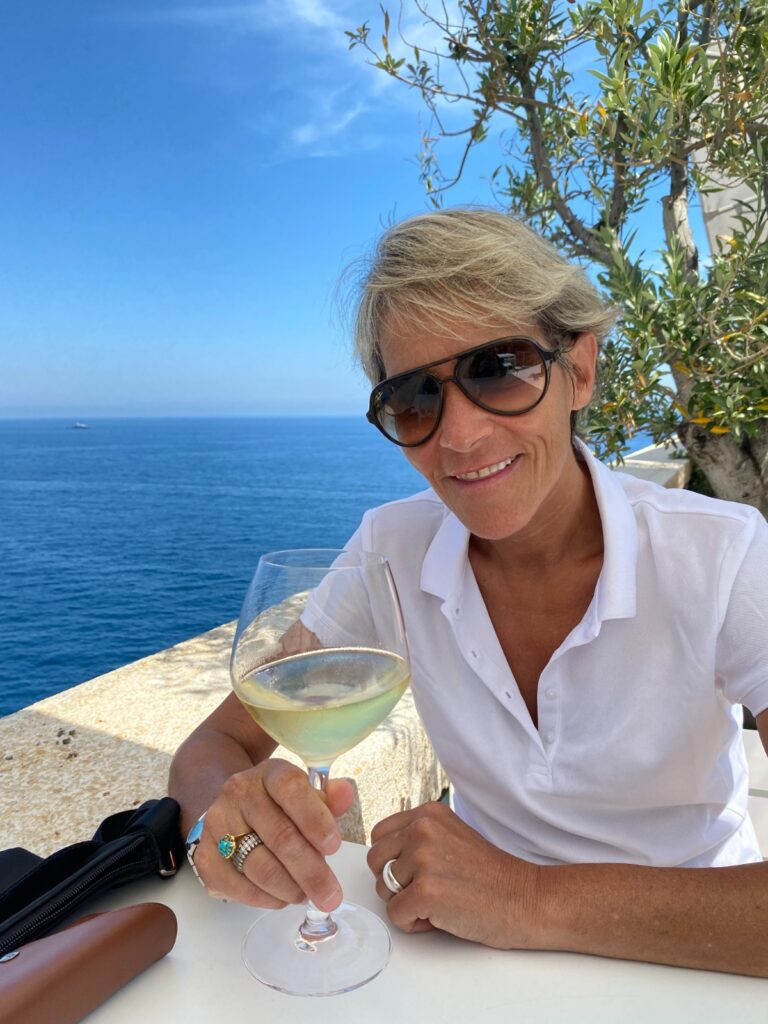
I would love nothing more than to go back to all these places I frequented in the past few months to educate the staff on the importance of the dos and don’ts of champagne etiquette.
I find that, more often than not, people are willing to learn and welcome the opportunity.
But why don’t employers train their staff to be up to date on the champagne formalities and rules to follow? You can’t serve or sell a product as high-end as champagne without adhering to the proper protocol that inherently comes with it … the Champagne Essentials.
That vendor Keri I had on the phone in South Carolina was so grateful I took a minute to teach her (in a non-intimidating way) about champagne.
Did I mention she called me back 10 minutes later to let me know she found two bottles of champagne a rosé de Saignée from Drappier and a NV Champagne Jeeper Grande Reserve Brut. I was taken aback by her call and her determination to find me some champagne after my little lecture.
Turning a challenge into an opportunity and keeping an open mind, she, in the end, was the one who taught me a valuable lesson: sharing knowledge is powerful, rewarding and ultimately brings people together.
As Margaret Fuller said, “If you have knowledge, let others light their candles in it.”
Cheers to Keri! 🍾🥂

